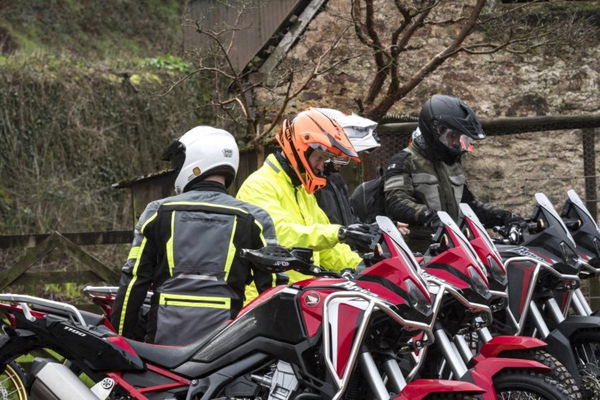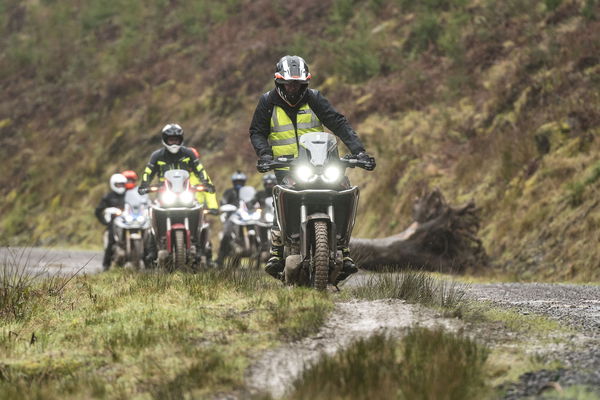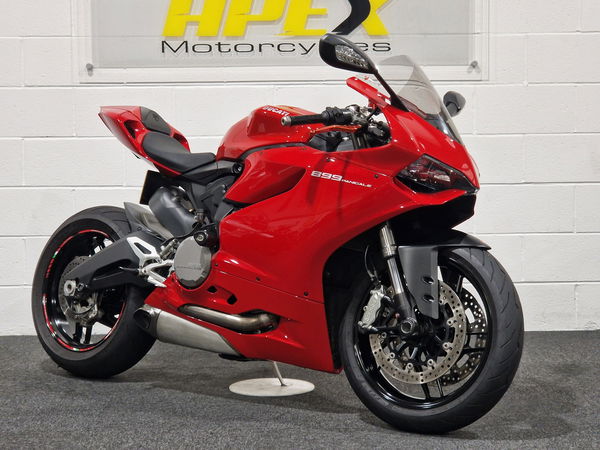COVID-19 | New advice issued for motorcyclists riding in groups
With group riding in England now allowed for pleasure and recreation, here's how to stay safe while riding a motorcycle within a group

WITH groups of motorcyclists (in England) now allowed to meet up on a ride as long as social distancing is observed, the first thing many motorcyclists to-do-list is to meet up with each other after what seems like years away from our friends.
While maintaining social distancing on the road is easy (although there is always that one friend who sits on your back wheel – you know who you are!), it’s when, where and why we stop as a group that we need to consider.
Here’s some advice to help you, your friends, and your family to stay safe and avoid infection as we all try and reduce the rate of infection of COVID-19.

Group riding advice during COVID-19
- Communicate beforehand with all other members of the group, for example through an online meeting, to explain the plan for the ride, getting their views and ideas, and both setting and communicating the essential ground rules.
- Make sure that none of those wanting to join should be self-isolating because they have tested positive for or are showing symptoms of COVID-19; have been advised to shield or shelter as part of a vulnerable group or caregiver for a vulnerable person; or are part of a household where residents are any of the above.
- Be firm that the ride is for invited riders only. If additional people turn up unannounced at the start, they cannot be included and will need to ride as a completely separate group.
- Consider having a reserve list of riders who are easily contactable if someone drops out.
- Swap phone numbers/emails.
- To avoid unnecessary contact, arrange for any signing on procedures (for example, for Club or insurance reasons) to be completed by email.
- Remind everyone that:
- their motorcycle needs to be fully road legal, advising them to carry out POWER (petrol, oil, water, electrics, rubber) checks beforehand;
- they will need to remain outdoors and in a public place for the duration of the ride, always maintaining the government’s recommended social distancing of at least 2m;
- they will need to know and follow the COVID-19 safety procedures at filling stations or shops;
- they should avoid touching or riding each other’s machines;
- they will need to bring with them appropriate COVID-19 safety kit (such as alcohol hand gel, masks, gloves, tissues, plastic bags, etc.) as well as food, refreshments and all other necessary resources for the journey; and that
- they should have a full tank of fuel and try to limit the number of fuel stops needed during the ride.
- Plan your route carefully to meet your group’s requirements and expectations, but avoiding potentially crowded or busy locations such as heavily used car parks and areas likely to suffer from traffic congestion. Consider issuing written route instructions.
- Choose a safe starting point and the best start time, remembering that your meeting place and stopping venues should, as far as is practicable, enable compliance with social distancing guidelines. Make sure safe assembly arrangements include parking for any vans and trailers used to transport machines to and from the start or finish. Where a rider wishes to transport their machine to the start by van or trailer, this will only be possible if they can unload and load on their own or with only the assistance of a member of their household who has travelled with them.
- Plan and agree on rest, refreshment and comfort stops where riders/passengers can remain suitably distanced. Do not share food or drink. Use your local knowledge to locate essential services such as public conveniences which may be open along your route.
- Establish any system of signalling or direction-indicating that may be used during the ride, including, for example, ‘ready to ride off thumbs up’ or any form of ‘drop-off system’. If using radio equipment, make sure it is compatible but do not share headsets or microphones.
- To be able to deal safely with emergencies, agree in advance what you are going to do: if you have problems; if riders get separated; or if a breakdown or other incident occurs. If helping another rider with a problem with their machine, he/she should step away and the person helping should then use hand gel or wear disposable gloves and avoid touching their face.
- Identify a suitable finishing point where riders can park up and converse while observing enough social distancing. Any de-brief, for example, to share thoughts, impressions and suggestions, should take place with at least 2m distancing. Do not exchange any materials or documents. Follow up with a phone call or virtual meeting, if necessary, to plan the next ride.
- At all times, ride with care and consideration for other road users and be conscious that, during lockdown especially, the public image of motorcycling will remain under extra scrutiny.












